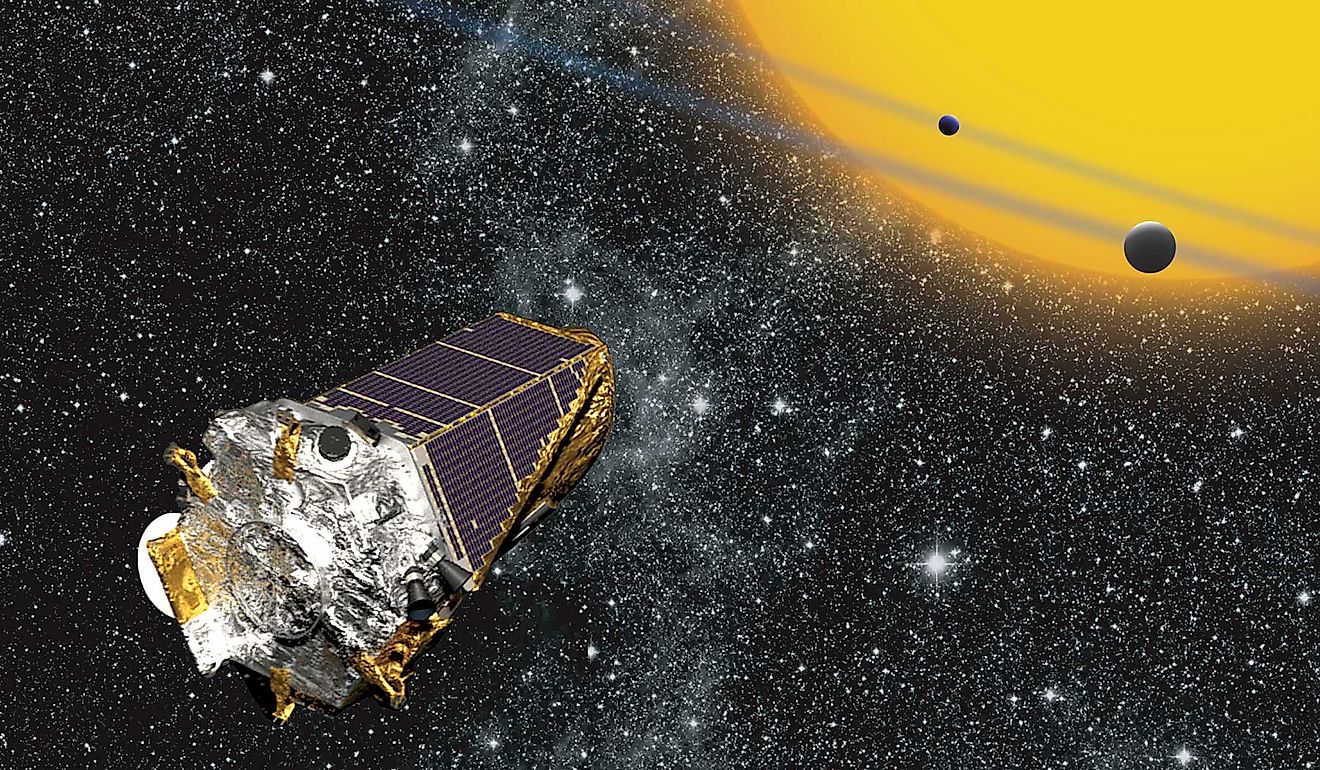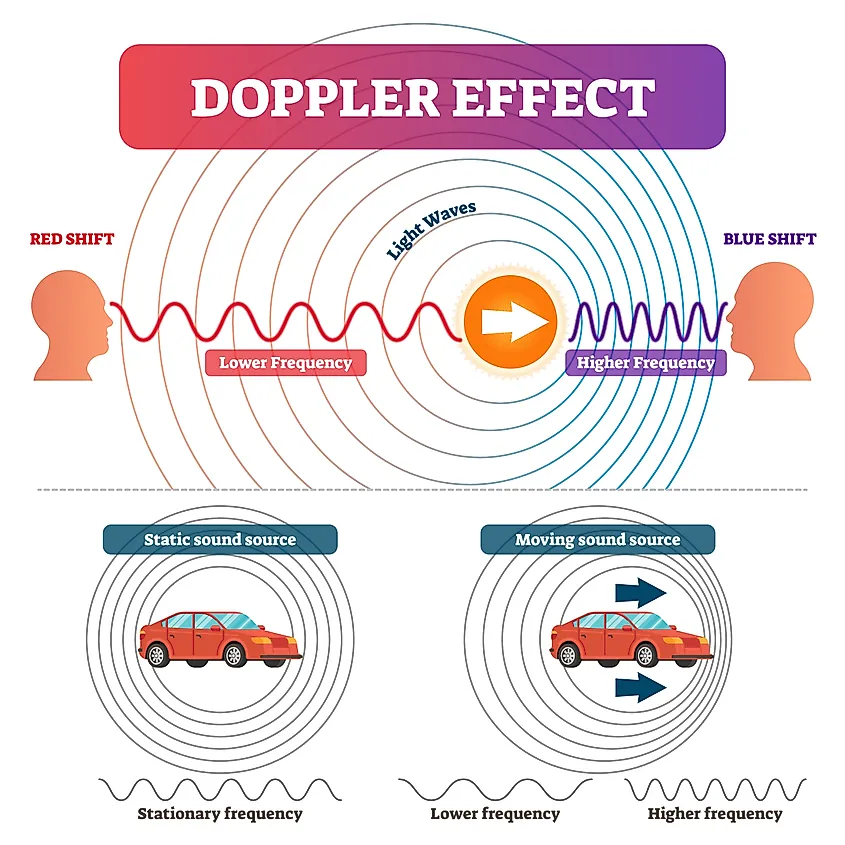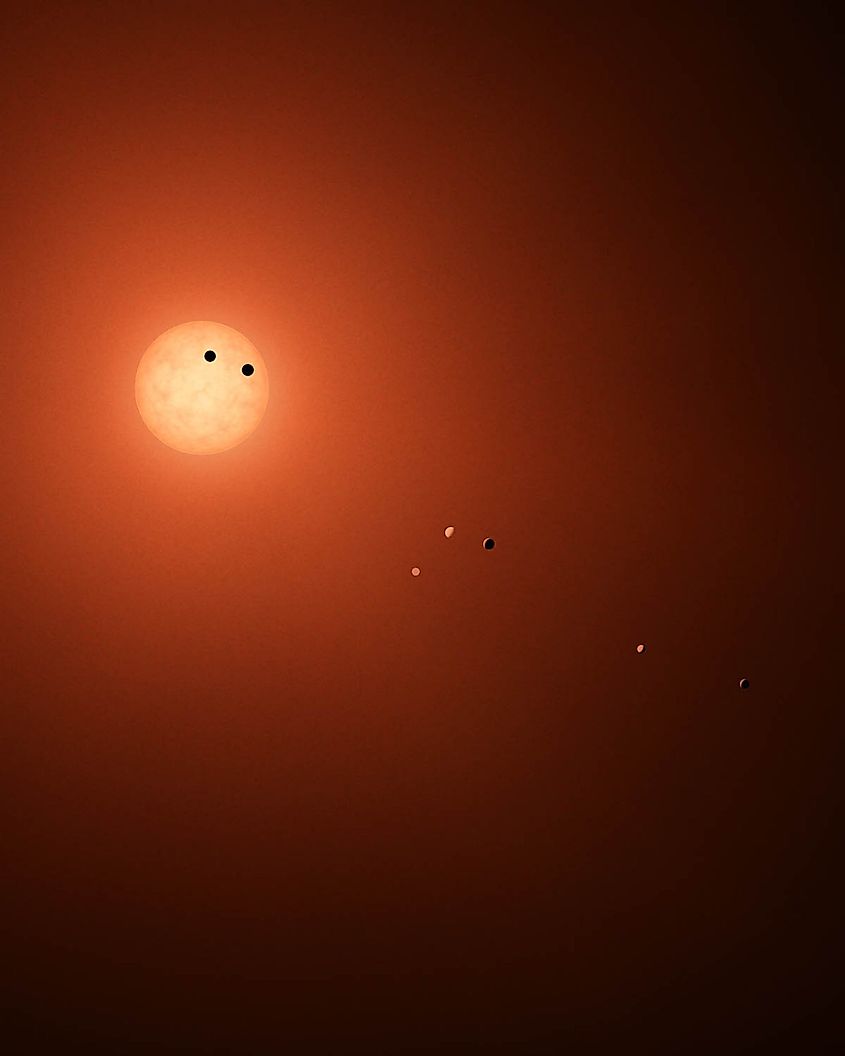How Do We Find Planets Around Other Stars?

- The two primary methods for exoplanet hunting are the radial velocity method and transit method
- The radial velocity method relies on the Doppler Effect and the gravitational force between a star and its planet
- The transit method relies on observing a planet pass in front of its star, blocking some of the incoming light, which can be detected from Earth
Ever since humanity came to the realization that the Earth is one of many planets, we have dreamed about the possibility of worlds around other stars. After all, our sun is but one of over 100-billion other stars in our galaxy alone, and it seems unlikely that we would be the only solar system in the universe. As it turns out, there are countless more. The first planet discovered around another star was in 1995, when a team of astronomers announced the discovery of a Jupiter-sized world orbiting the sun-like star, 51 Pegasi. Since that time, in less than 30 years of research, scientists have confirmed the existence of over 3,000 more planets. In fact, astronomers now believe that planet formation is part of star formation, with data suggesting that every star is home to at least one planet. Finding planets around other stars, called exoplanets, is no easy task. Planets are both tiny and dim compared to their host stars, and so directly imaging them simply would not work with current technology. Instead, astronomers have to rely on indirect methods of detection.
The Radial Velocity Method

To find exoplanets, astronomers have relied primarily on two methods: the radial velocity method and the transit method. In order to understand the first method, it is important to understand the concept of the Doppler Effect. The Doppler Effect describes how both sound waves and light waves behave depending on the movement of their source. For example, when a police car is racing towards you, you can hear the pitch of its siren increasing as it approaches your location. As soon as it passes you and begins speeding away, you hear the pitch of its siren decrease. The reason why the pitch increases while the siren is speeding towards you is because the movement of the car compresses the sound waves in front of it. When it speeds away from you, the sound waves are being stretched behind it. Decreasing the distance between wave crests means you hear more sound over a shorter period of time, thus the pitch is increasing. Increasing the distance between wave crests results in hearing less over the same timeframe. Amazingly, this principle also applies to light, as it too comes in the form of a wave. In the case of light, it is the color that changes depending on its wavelength, although this tends to only be noticeable at extreme velocities. Assume now that the same police car is speeding towards you at 70% the speed of light. As the car approaches you, the light in front of the car is compressed and blue-shifted, while the light behind it is stretched and red-shifted. Thus, light with a shorter wavelength is blue, while light with a longer wavelength is red. The Doppler Effect seems simple enough, and fortunately for astronomers, it can be used to detect planets around other stars.
In our solar system, the gravitational pull of the sun is sufficient enough to hold all the planets in orbit. Although we think of the planets as orbiting the sun, there is another aspect to this fact that is truly amazing. Because the planets also have their own gravity, they too pull on the sun. The point in space where both the sun and the planet of interest orbit is called the centre of gravity or the barycentre. Because the sun’s gravity is so strong, the barycentre between the sun and most of the planets exists within the sun itself. However, this is not the case for Jupiter and the sun. Rather, the barycentre between the sun and Jupiter is slightly outside of the sun’s surface. That means that both the sun and Jupiter orbit a point that exists outside of the sun. In other words, the sun also orbits the barycentre. Because the sun is also moving, that means that the Doppler Effect will apply to the light that it emits. If you were to observe our solar system from many light years away, you could measure the Doppler shift of the sun’s light and use it to determine whether or not a planet is in orbit around the sun. Amazingly, this method can also be used to estimate the mass of the planet, how far away it is from its star, and how long it takes to complete one orbit. Although this method seems simple enough, it’s important to note just how sensitive technology needs to be to measure the Doppler shift of something that isn’t moving near the speed of light. It’s tremendously difficult, and although astronomers had proposed this method many decades ago, it wasn’t until the 1990s that it was successful in finding the first exoplanet.
The Transit Method

In the early days of exoplanet hunting, the radial velocity method was the go-to method for detecting exoplanets. However, the method has some very obvious problems. Namely, it biases research towards close orbiting gas giants. It would be very difficult to find a smaller worlds orbiting in their star’s habitable zone. Thus, new methods were needed if we ever hoped to find worlds like our Earth. Fortunately, a new method would soon take over as the primary tool for finding exoplanets. Called the transit method, it relies on detecting changes in the amount of light a star emits when a planet passes in front of it. Even in our solar system, we are sometimes lucky enough to see either Mercury or Venus pass in front of the sun during a transit. We can only observe this for planets that orbit closer to the sun than we do. Although this is easy to observe and measure in our solar system, it’s much more difficult when trying to observe a dip in starlight when that star is many light years away. Compared to the star it orbits, exoplanets are extremely tiny and will block only a fraction of the amount of starlight being emitted. Thankfully, scientists have developed telescopes whose primary objective is to use the transit method to detect exoplanets, the most notable of which is the Kepler Space Telescope. Launched in 2009, Kepler has now confirmed the existence of nearly 3,000 individual exoplanets within our galaxy, with hundreds more waiting to be verified. In order to detect exoplanets, Kepler observes stars and waits to see if any starlight is blocked by a passing planet. If Kepler observes the same amount of starlight being blocked over a consistent period of time, it generally means a new planet has been discovered. The vast majority of known exoplanets have been discovered by Kepler, which itself has revealed planets to be far more abundant than astronomers could have imagined.











